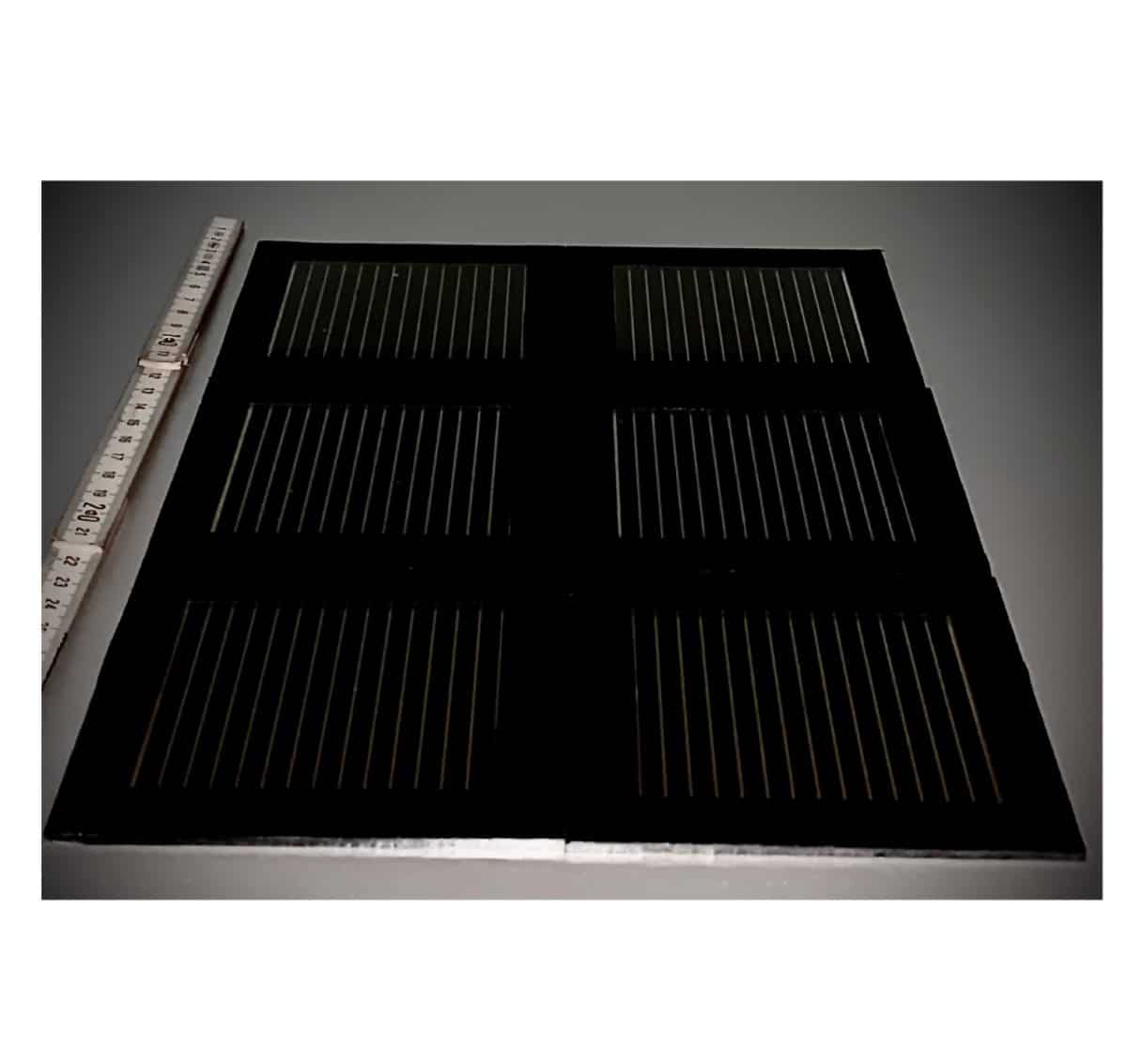An international research group has used a novel doping strategy to design a perovskite solar module that is claimed to achieve higher efficiency compared to other perovskite-based devices and, at the same time, to maintain remarkable operational stability.
While perovskite solar cells look to be well on the way to mass production, interest in the technology is still tempered by concerns about the stability of the hole transport layer (HTL) and its sensitivity to atmospheric conditions.
The scientists said they were able to vary the molecular weight (MW) of a hole transporter material (HTM) doped with poly(triarylamine) (PTAA). “The monotonic increase of the power conversion efficiency as a function of the MW is related to a similar increase of the open-circuit voltage (VOC), short circuit current (JSC), and fill-factor (FF),” they explained, adding that, through this approach, the charge mobility inside the HTL and the charge transfer at the perovskite/HTL interface were increased by one order of magnitude.
This improvement was achieved, they went on to say, thanks to the polaron delocalization on the polymeric chains through the combined effect of doping strategy and MW tuning. Polaron formation in perovskite solar cells has been indicated in scientific research as a possible factor for making this kind of cell particularly efficient, although the mechanism behind polarons’ action is completely unknown. Polarons are a sort of fleeting distortions in a material's atomic lattice that form around a moving electron in a few trillionths of a second and then disappear.
Popular content
The 17%-efficient panel was built with 20%-efficient perovskite cells connected in 14 series on a total active area of 42.8 cm2 and aperture area of 50 cm2. The increase of delocalized polarons in the HMW PTAA layer did not only provide a significant contribution to the device's high efficiency but also positively affected the underlying perovskite lattice, which improved its overall stability. The cells are claimed to retain over 90% of the initial efficiency after 1080 h thermal stress at 85° C and 87% of initial efficiency after 160 h exposure. The panel was able to maintain more than 90% of the initial efficiency after 800 h thermal stress at 85° C.
The module was presented in the paper “Beyond 17% stable perovskite solar module via polaron arrangement of tuned polymeric hole transport layer,” published in Nano Energy. The research group includes scientists from the University of Rome Tor Vergata in Italy, the University College London and the University of Cambridge in the UK and Germany's Max Planck Institute for Polymer Research.
This content is protected by copyright and may not be reused. If you want to cooperate with us and would like to reuse some of our content, please contact: editors@pv-magazine.com.



1 comment
By submitting this form you agree to pv magazine using your data for the purposes of publishing your comment.
Your personal data will only be disclosed or otherwise transmitted to third parties for the purposes of spam filtering or if this is necessary for technical maintenance of the website. Any other transfer to third parties will not take place unless this is justified on the basis of applicable data protection regulations or if pv magazine is legally obliged to do so.
You may revoke this consent at any time with effect for the future, in which case your personal data will be deleted immediately. Otherwise, your data will be deleted if pv magazine has processed your request or the purpose of data storage is fulfilled.
Further information on data privacy can be found in our Data Protection Policy.